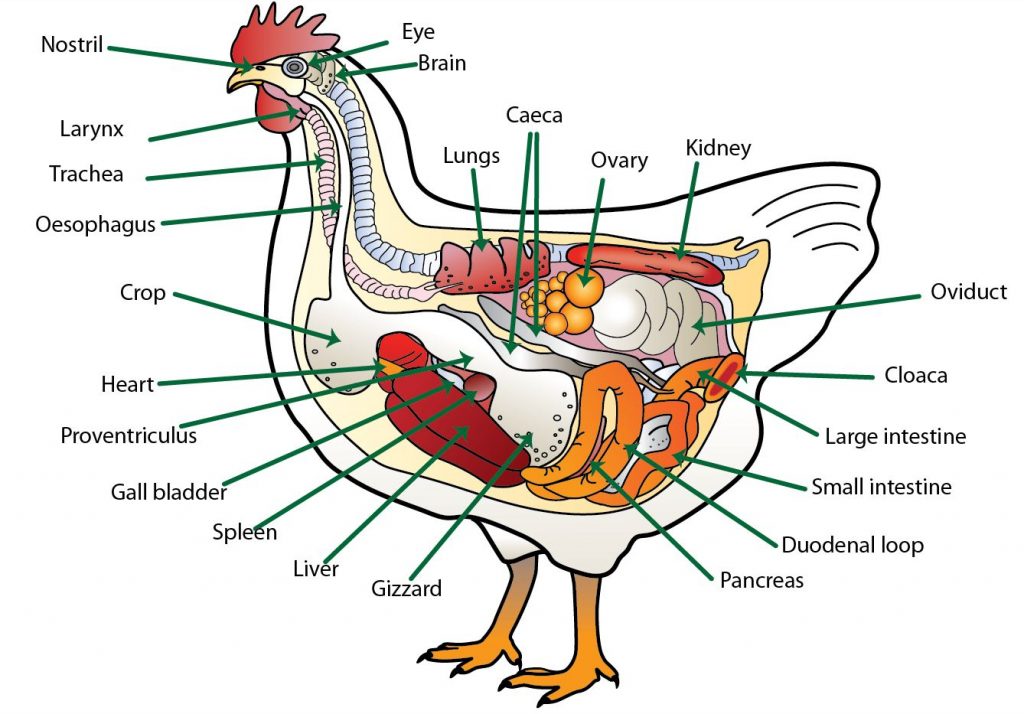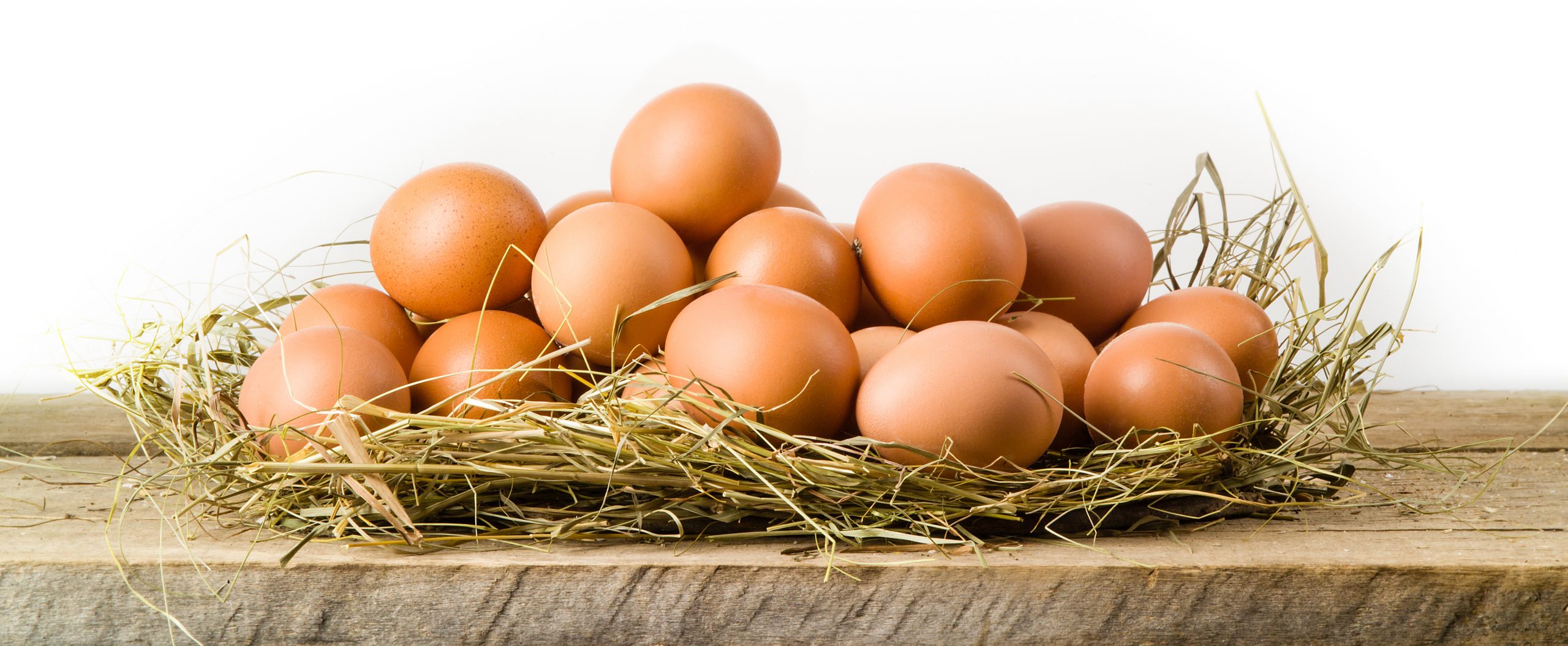Eggs are perhaps the most universally consumed animal food, sought for not only protein content but for nutritional value, flavor, and color. Through the feed miller to the consumer and to the producer, egg color and quality-most notably yolk-are the target of market demand. Consumers expect eggs of a deep gold-orange or orange yolk and will tend to associate color with freshness, natural feeding, and better nutrition.
One of the most effective natural additives employed for egg yolk improvement is astaxanthin. Astaxanthin is a highly effective antioxidant and coloring substance that has recently become one of the most sought-after poultry feed supplements. Apart from enhancing yolk color, astaxanthin enhances nutritional content and eggs' general freshness.

What is Astaxanthin
Astaxanthin is a carotenoid pigment present naturally in salmon, shrimp, and krill that gives them their reddish-orange color. Microalgae (Haematococcus pluvialis) produce it naturally predominantly, and this is the starting material for astaxanthin used in feed-grade and supplement-grade uses.
Astaxanthin has two advantages over man-made pigments:
- It is a yolk color improver.
- It is an antioxidant which will enhance egg quality and hen health.
This is particularly useful in poultry farming, where such options are fast to catch on.

Advantages of the Use of Astaxanthin in Egg Farming
1. Yolk Color Darkening
The customers favor the eggs with light orange or golden-colored yolks, which are widely believed to be healthier and more natural.
Astaxanthin poultry supplementation results in deeper pigmentation, which translates into yolks with the specified color without the inclusion of artificial additives.
Astaxanthin has greater and longer-lasting color intensity than other carotenoids.
2. Enhancing the Nutritional Content of Eggs
Astaxanthin is a great antioxidant that prevents eggs' lipids and proteins from oxidizing.
I.e., eggs don't only appear more attractive but also packed with nutrition-dense yolks with enhanced fats and vitamins.
Astaxanthin-supplemented eggs can now offer consumers extra health benefits for their eyes and immune systems.
3. Enhancing Egg Freshness and Shelf Life
Oxidative stress results in rapid loss of eggs' freshness and shelf life.
Astaxanthin prevents lipid peroxidation, which makes eggs last longer while being stored and transported.
It is particularly beneficial for large-scale farmers supplying to retail and export markets.
4. Sustaining Hen Health and Performance
Reducing oxidative stress in laying hens, astaxanthin maintains enhanced reproductive health and egg production activity.
Better chickens are able to produce quality eggs for extended laying periods.
Astaxanthin supplementation also boosts immunity, lowering the need for man-made additives.

How Astaxanthin Functions in Fowl Nutrition
When incorporated into poultry feed, astaxanthin is taken up and carried to the yolk where it accumulates, triggering desired pigmentation and enhancing antioxidant status. Feed inclusion forms most commonly involve astaxanthin powder or oil concentrates, sometimes standardized to known levels of carotenoids to provide consistent performance.
Recommended dosages in layer hens are 10–20 mg astaxanthin/kg feed, and the intensity of pigmentation will depend on the desired level.

Natural vs. Synthetic Alternatives
Synthetic pigments such as canthaxanthin have previously been used to be added to pigment yolks. Consumer desire is moving toward natural, clean-label alternatives, though.
Synthetic pigments: Excellent colorizing capacity with no nutritional value.
Natural astaxanthin: Adds color with intense antioxidant protection and is therefore an environmentally friendly, multi-purpose option.

Uses Other Than Egg Pigmentation
Though egg yolk color is the primary reason breeders use astaxanthin, it also enhances:
- Breeder poultry: Augments fertility and chick health.
- Broilers: Improves meat quality and antioxidant resistance.
This makes astaxanthin a multi-use feed additive in poultry production systems.

Conclusion
Astaxanthin is more than a natural colorant-it's an egg and chicken ingredient that boosts nutrition, promotes health, and enhances eggs. Adding deep color to egg yolks, maintaining nutritional content, and providing freshness, astaxanthin enables producers to address consumers' demands for quality, natural eggs.
For broiler producers, adding astaxanthin to feed achieves a triple benefit
Fruit yolk color appeal
Improved nutritional worth and egg freshness
Improved hens with improved productivity
As consumer food tastes continue to go towards natural and sustainable food ingredients, astaxanthin is also increasingly becoming a solution of choice for making quality eggs.
References
Surai, P. F. (2012). The antioxidant properties of carotenoids in avian nutrition and health. Poultry Science, 91(4), 805–827. https://doi.org/10.3382/ps.2011-01738
Karadas, F., Grammenidis, E., Surai, P. F., Acamovic, T., & Sparks, N. H. C. (2006). Effects of carotenoids from lucerne, marigold, and tomato on egg yolk pigmentation and carotenoid composition. British Poultry Science, 47(5), 561–566. https://doi.org/10.1080/00071660600963030
Rao, A. R., Reddy, R. L., Baskaran, V., Sarada, R., & Ravishankar, G. A. (2013). Characterization of microalgal carotenoids by mass spectrometry and their bioavailability in rat model. Journal of Agricultural and Food Chemistry, 61(45), 11023–11029. https://doi.org/10.1021/jf403340d
Hussein, G., Sankawa, U., Goto, H., Matsumoto, K., & Watanabe, H. (2006). Astaxanthin, a carotenoid with potential in human health and nutrition. Journal of Natural Products, 69(3), 443–449. https://doi.org/10.1021/np050354+</kbd>










